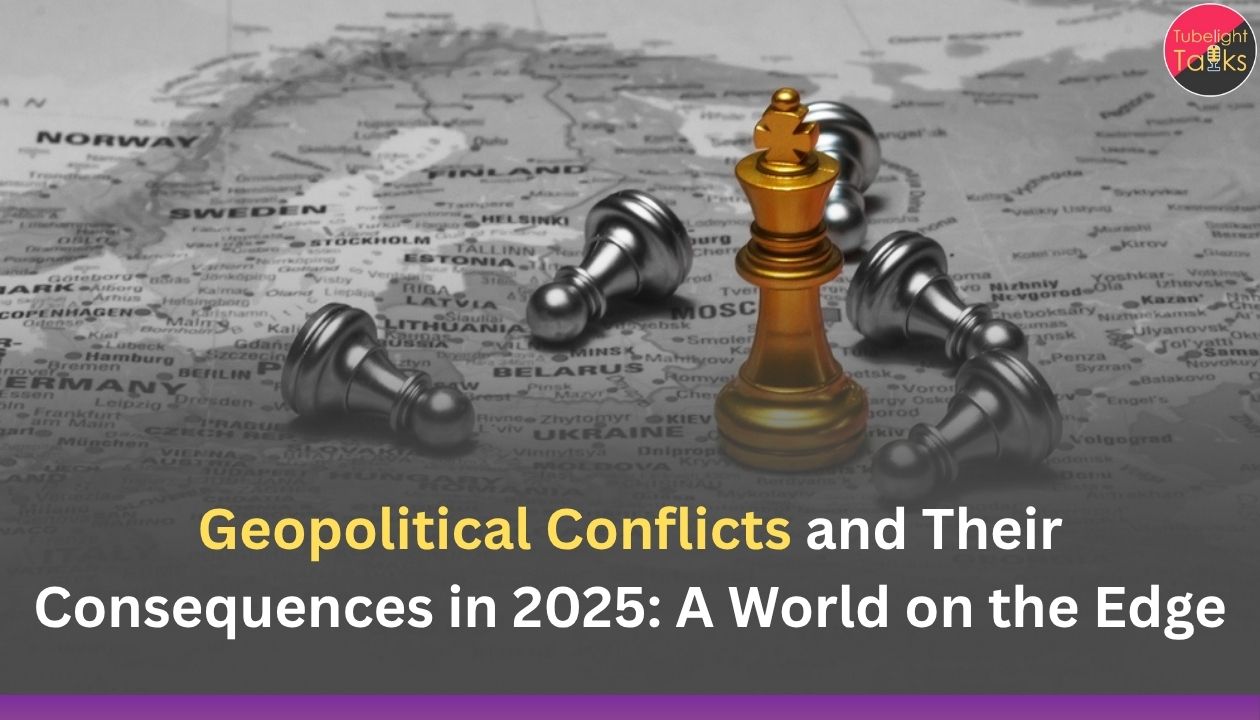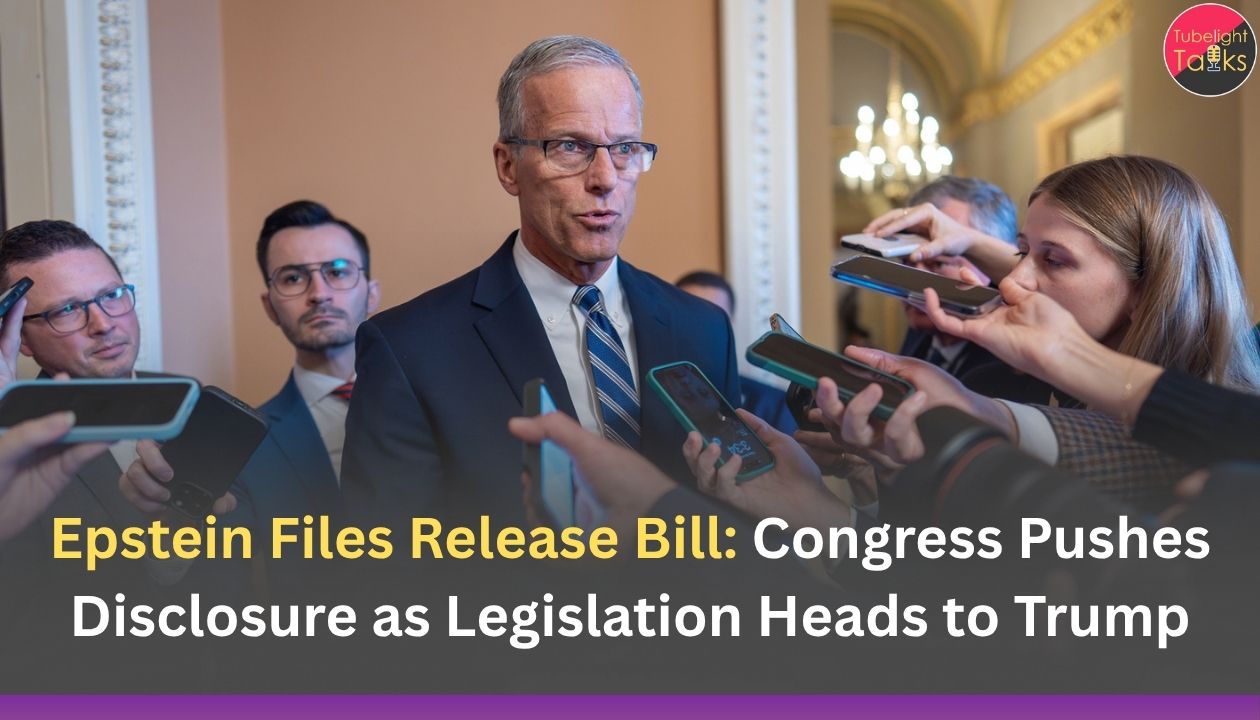Geopolitical Conflicts: The year 2025 has emerged as one of the most geopolitically turbulent periods in recent history. Major global conflicts, resurging rivalries among superpowers, and escalating tensions across strategic regions have created an atmosphere of uncertainty that affects every corner of the world. This article explores the key conflicts shaping international relations today, the consequences for global citizens, and the underlying reasons behind the shifting balance of power.
1. The War in Ukraine: A Prolonged Crisis with Global Ripples
The Russia–Ukraine war, now extending beyond two years, continues to define European security. Despite multiple attempts at ceasefires and peace negotiations, the conflict remains locked in a cycle of offensives, retaliations, and geopolitical maneuvering.
Key Developments in 2025
- Ukraine has strengthened ties with Western allies, receiving advanced defense systems and financial aid.
- Russia continues to hold strategic territories, leveraging energy supplies as a geopolitical tool.
- NATO expansion remains a major trigger for Russian objections, fueling tensions further.
- Civilian suffering continues, with millions displaced and infrastructure severely damaged.
Consequences
- Energy instability: Natural gas and oil markets remain volatile.
- Food insecurity: Ukraine’s agriculture industry, once a major global supplier, is still recovering.
- Geopolitical polarization: Countries are increasingly forced to align with either Western powers or Russia.
The war has also reshaped alliances, pushing European countries to invest heavily in defense, marking a return to Cold War–style political blocs.
Read Also: Zelenskyy Signals Willingness to Join Trump‑Putin Summit as EU Shifts on Russian Energy
2. The Israel–Palestine Conflict: A Crisis with No End in Sight
The Middle East remains a hotspot of geopolitical tension, with the Israel–Palestine conflict intensifying in 2024–25. The humanitarian situation in Gaza has worsened, drawing international condemnation and urgent calls for ceasefire agreements.
Factors Driving Escalation
- Expanded military operations in densely populated areas.
- Failed diplomatic interventions by global organizations.
- Political divides within Israel and Palestine.
- External actors influencing the situation, such as Iran, the U.S., and Gulf nations.
Global Impact
- Humanitarian crisis: Lack of medical supplies, food, and shelter for civilians.
- Regional instability: Neighbouring countries face increased security threats.
- Oil market volatility: Middle Eastern unrest disrupts energy production and transport routes.
Despite numerous peace talks over the decades, a lasting solution remains distant.
Read Also: Israel Greenlights Gaza Cease-fire Deal: Release of Hostages and Prisoners Begins
3. Rising Tensions Between the U.S. and China
One of the most significant geopolitical rivalries shaping the 21st century continues to be the U.S.–China power struggle. In 2025, this rivalry extends beyond trade into technology, military expansion, and global influence.
Key Tension Points
- AI dominance: Both nations aim to lead global AI development, sparking regulatory battles.
- South China Sea: Military deployments and naval encounters have become more frequent.
- Trade disputes: Tariffs, sanctions, and export controls continue to disrupt global markets.
- Taiwan: The island remains a flashpoint, with frequent political and military provocations.
Consequences
- Supply chain realignment: Companies shift manufacturing to India, Vietnam, and Mexico.
- Chip shortage concerns: Technology restrictions impact global semiconductor production.
- Economic uncertainty: Global stock markets react sharply to any escalation.
This rivalry is reshaping global alliances, with countries forced to navigate a complex diplomatic environment.
Read Also: U.S. and China rev up trade tensions as tariff threats sharpen
4. The Red Sea Crisis: A New Global Trade Threat
Maritime attacks in the Red Sea and the Gulf of Aden have become a major threat to international shipping. Insurgent groups have targeted commercial vessels, forcing shipping companies to divert routes.
Impacts
- Supply chain delays: Shipping times have doubled for many routes.
- Increased costs: Rising fuel consumption and insurance premiums.
- Global inflation: The disruption affects the price of food, electronics, and essential goods.
The Red Sea, being one of the world’s most important maritime corridors, plays a critical role in connecting Europe, Asia, and Africa. Continuous conflict here can trigger a global economic slowdown.
5. Shifting Alliances and the Changing World Order
2025 is witnessing a major shift in global power dynamics. Traditional alliances are weakening, and new groupings are emerging based on economic interests, energy security, and defense needs.
Examples
- The BRICS coalition expanding its influence.
- Europe developing independent defense capabilities.
- Middle Eastern nations forming new trade and security partnerships.
- African nations are gaining strategic importance due to natural resources.
This transformation marks the slow decline of a U.S.-centric world and the rise of a multipolar global order.
6. Humanitarian Crises: The Hidden Cost of War
Beyond political and military consequences, the human cost of geopolitical conflict remains catastrophic.
Statistics
(approximate global estimates)
- Over 120 million forcibly displaced people worldwide.
- Millions of children are out of school due to conflict zones.
- Hospitals and essential infrastructure destroyed.
Wars also create generational trauma, weakening societies long after the conflicts end.
7. Economic Consequences for Ordinary People
Geopolitical conflicts have a direct impact on everyday citizens through:
- Rising fuel prices
- Increased cost of food and essential goods
- Job losses due to global market instability
- Currency fluctuations affecting savings and salaries
Developing countries suffer the most, as they are less equipped to handle global shocks.
8. The Role of Media and Narrative Building
Media coverage plays a crucial role in shaping public perception of conflicts. However, 2025 has also seen a rise in misinformation, bias, and politically driven narratives.
Concerns
- Some conflicts receive disproportionate attention.
- Social media amplifies emotional, unverified content.
- Nations use the media as a strategic tool for influence.
This makes it essential for global citizens to rely on credible, unbiased sources.
Conclusion: Humanity Is the Only Real Solution – A Message Through Annapurna Muhim
In a world shaken by conflict and geopolitical instability, the most powerful answer is not more military strength — it is humanity, compassion, and service.
Saint Rampal Ji Maharaj’s Annapurna Muhim stands as a shining example of what true humanitarian action looks like.
The logo — “Roti, Kapda, Siksha, Chikitsa Aur Makan Har Gareeb Ko Dega Kabir Bhagwan” — represents a model of society where no one sleeps hungry, no one is deprived of education or healthcare, and every human being is treated with dignity.
While nations fight for territory and power, the Annapurna Muhim reminds us that:
- Real victory is feeding the hungry.
- Real strength is helping the poor.
- Real stability comes from compassion, not conflict.
If global leaders embraced even a fraction of these values, the geopolitical landscape of the world would transform overnight.
5. FAQs
Q1. What are the major geopolitical conflicts in 2025?
The key conflicts include the Russia–Ukraine war, the Israel–Palestine crisis, U.S.–China rivalry, Red Sea maritime attacks, and regional conflicts in Africa and the Middle East.
Q2. How do geopolitical conflicts affect normal people?
They lead to inflation, supply chain delays, fuel price hikes, job losses, and general economic instability.
Q3. Why are U.S.–China tensions a global concern?
Because both nations influence global trade, technology, military power, and supply chains. Any escalation affects the entire world.
Q4. What is the impact of Red Sea attacks on world trade?
They disrupt shipping routes, increase global costs, and slow down delivery of essential goods.
Q5. How can humanitarian values help reduce conflict?
Initiatives like Annapurna Muhim, rooted in service and compassion, show that focusing on human welfare creates peace and reduces social tension.










